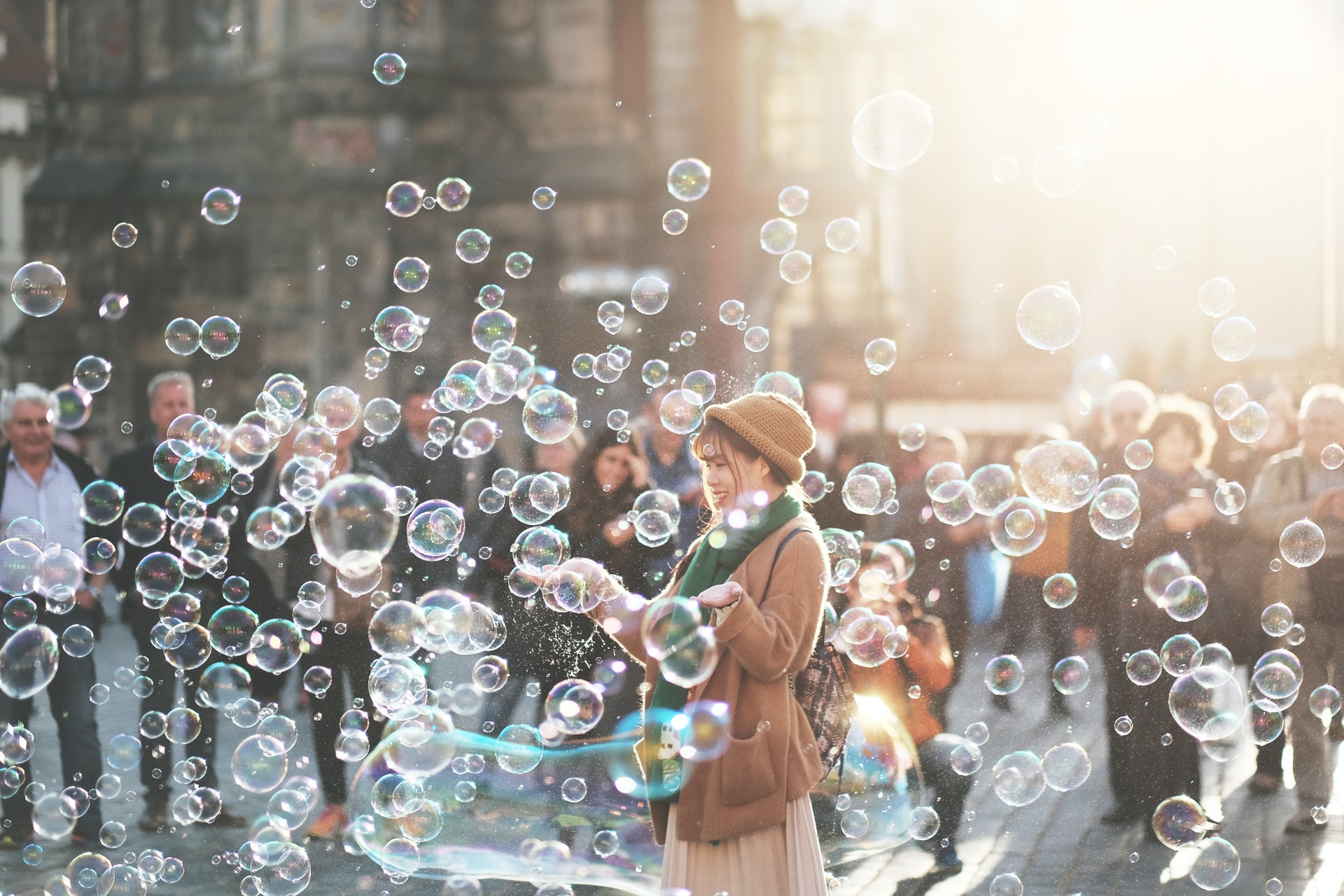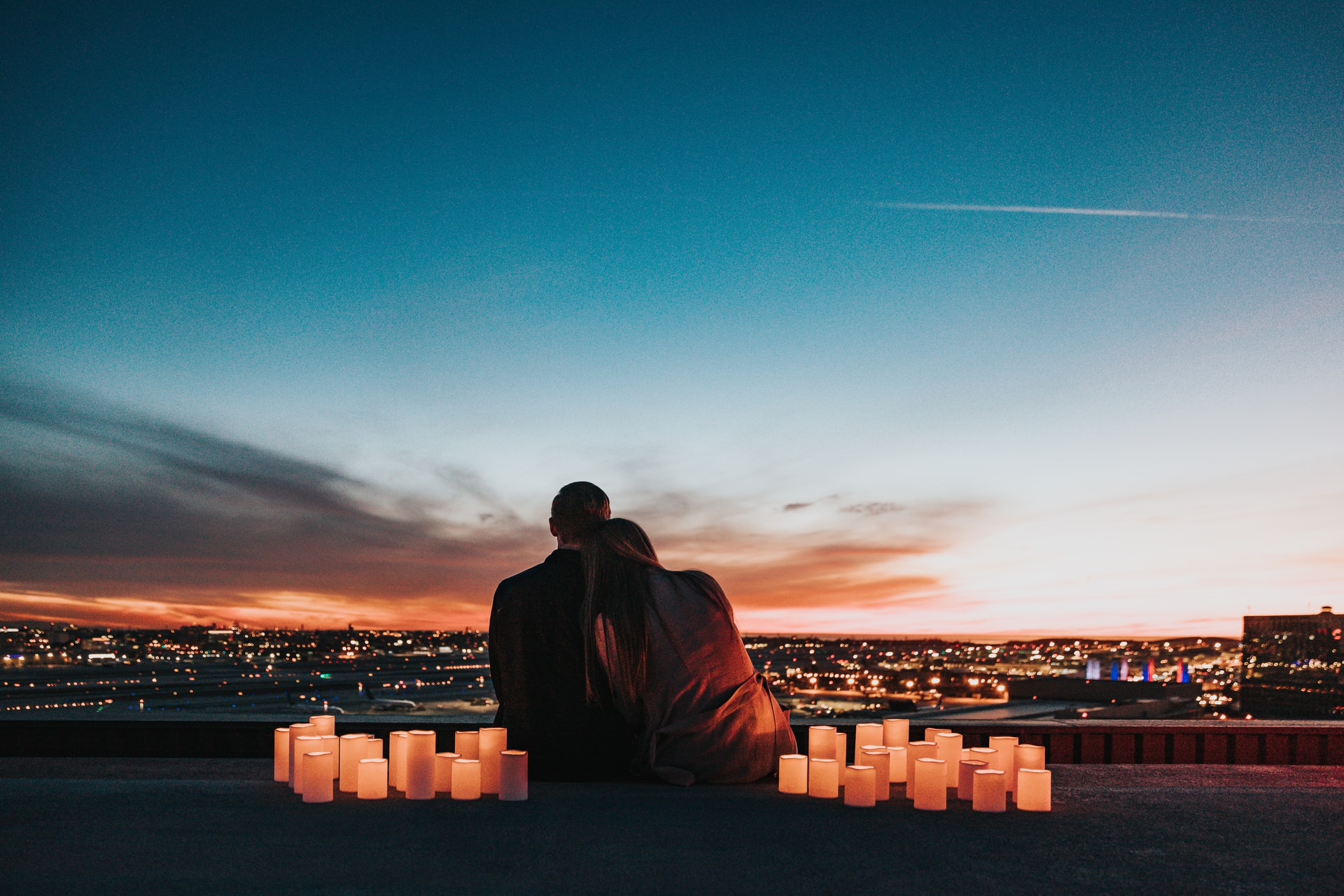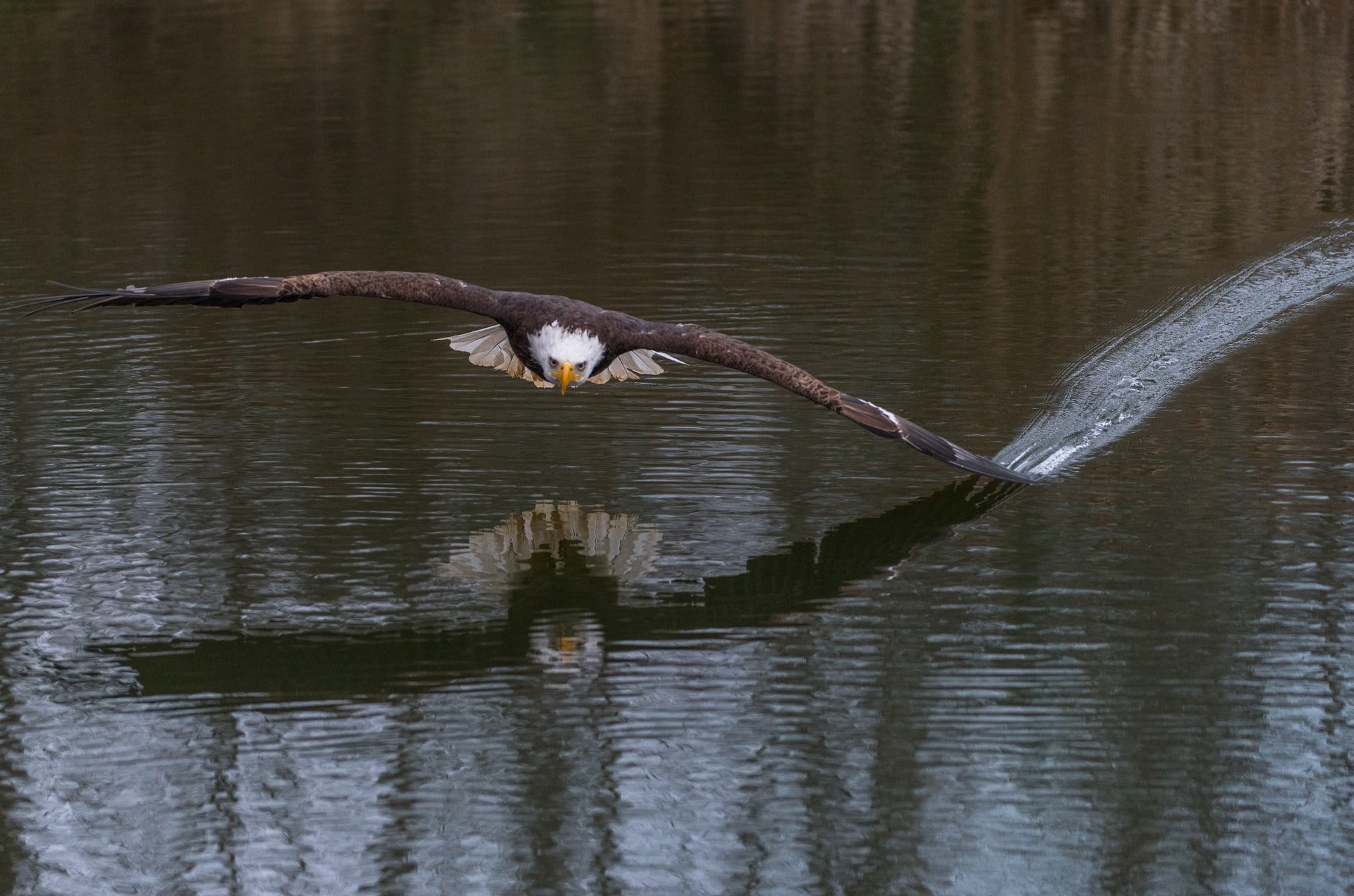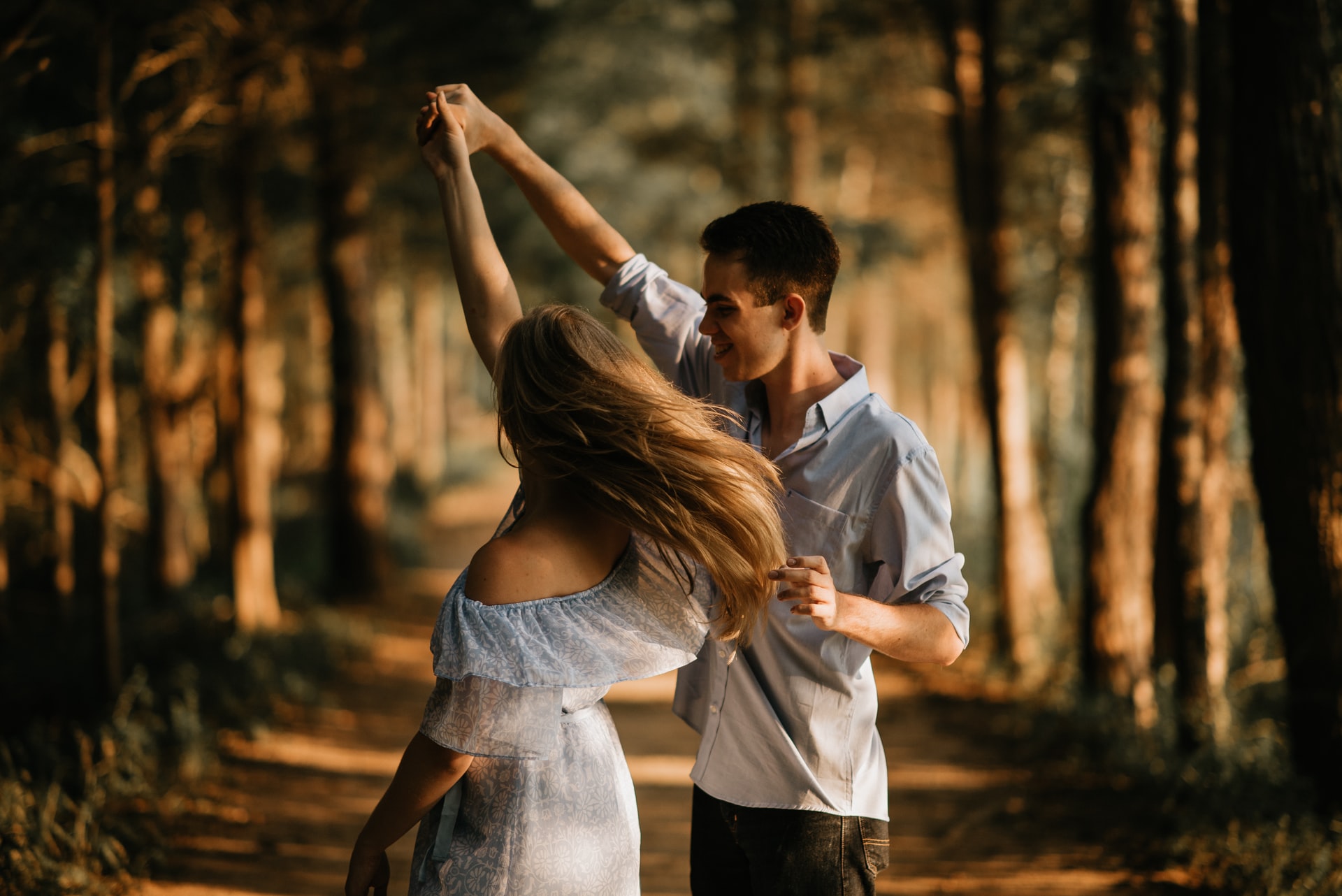This entry was posted on July 23, 2021.

You’ll often hear mention in the world of photography how important capturing the moment is. But how exactly do you go about capturing perfect ‘in the moment’ photos? And what can you do to make that magic happen more often?
Well, in our quest to help you become the best photographer you can be, we thought we’d start at the beginning…
What Does it Mean to Capture the Moment?
When we talk of capturing the moment in photography, we're really referencing the feeling, emotion, vibe or atmosphere or the photo. And that comes from more than just the subjects or the scenery, it comes from the photographer, too. Which is why those who set out to capture precious moments like this need to know so much more than how to point and shoot.
The concept of capturing a moment and preserving it for a lifetime is the core of good photography. Ideally, every shot should result in a still frame of a once-in-a-lifetime moment unlike any other. But, of course, that doesn’t always come to pass.
When a moment is captured flawlessly, the resulting image provides far more than precious memories. The photo tells a story in its own right, immediately propelling you into the scene and evoking powerful emotions.
Understandably, this isn’t something that is particularly easy to do with a single still image. But it’s nonetheless possible to pull off more often if you focus on the golden rule of capturing the moment:
Timing is everything.
A split second often separates a gallery-worthy shot from a generic photograph that you’d forget about in half a heartbeat. Unless you capture the moment at the right time and with everything perfectly in place, it’s gone for good; it’s harsh but true, there’s little room for second chances.
Now, all of this can lead some to reach the conclusion that capturing the moment is something that happens randomly. That if you simply ‘wing it’ for long enough, you’ll occasionally come up with something golden.
In reality, mastering the art of capturing the moment takes time, patience and practice. But once you’ve got the hang of it, you’ll know exactly how to capture magical, memorable and moving moments in a wide variety of scenarios.

How Do You Capture a Moment?
Knowing what constitutes a ‘moment’ holds the key to capturing them on camera. This is where intuition and experience play a major part, alongside the more technical aspects of the photography process.
We (unfortunately) can’t do much to help when it comes to your own intuition (besides advising you to trust it!). What we can do is what we have done, though. And so, we hope you’ll find these eight pro tips to capture moments in photographic magic as helpful as intended.
1. Shoot Continuously
Brace yourself for a doozy; you don’t have to be a photographic sniper with the sharpest skills and best cameras to capture remarkable moments.
The most memorable moments caught on camera are often the result of dozens or even hundreds of photos captured continuously.
Of course, there’s a degree of precision involved in photographing moments perfectly; you need to know exactly what you are looking for and where to find it. After that though, shooting continuously and carefully reviewing every shot afterwards is your best bet for finding something spectacular.
2. Create Moments Manually
Don’t fall into the trap of thinking that capturing the moment means waiting for fate to throw something your way. There’s absolutely nothing wrong with creating moments manually, before getting yourself into position and taking a bunch of shots.
Weddings, birthday parties, days at home with the kids and pets; there’s no shortage of opportunities for creating moments and catching them on film.
You won’t always have the ability to control what happens, but a little encouragement can go a long way. As the photographer, sometimes it’s your job to guide your subjects and create those moments yourself.
(Our tips for taking better group photos might help you with that.)
And remember, you should always embrace every opportunity around you to practice your skills.
3. Lay Low and Be Patient
More often than not, capturing the moment means snapping candid shots with completely unsuspecting subjects.
If anyone in the shot is aware there’s a camera pointing at them, they’re unlikely to act entirely as normal. Even if you ask them to go about their business as if you’re not there, it’s an uphill struggle.
That’s why some of the best moment-capturing shots are those taken in secret - when nobody knows you’re taking them.
This means taking a slightly sneakier and subtler approach, laying low in a strategic position and patiently waiting for something to happen. We expect any budding wildlife photographers are nodding their heads in solemn recognition about now.
Particularly when it comes to things like facial expressions and gestures, obliviousness to the camera can make all the difference.

4. Embrace Everyday Moments
Avoid the temptation to waste time waiting for something truly extraordinary to happen. Capturing moments at weddings, birthday parties and exotic holidays is relatively easy. But what about the day-to-day moments?
It tends to be those often-overlooked everyday moments that make for the most precious and treasured memories. The best kinds of in the moment photos can often be the simplest, most unassuming captures.
Fun and games outdoors with the kids, putting the baby to bed, cosying up indoors on a winter evening, cooking and baking in a chaotic kitchen with the whole family; trust us when we say, there’s no shortage of opportunities to explore.
Capturing moments doesn’t mean focusing exclusively on the remarkable. It simply means preserving magical memories in all their forms.
5. Encourage Your Subjects to React
Candid shots (and semi-candid) are always better when your subjects are relaxed and happy to be there. What’s important to remember with this type of photography is that subjects always feed off the behaviour of the photographer.
If you’re looking to capture kids in all their wild and wacky glory, encourage them to be as silly as they like. (You could even do this by getting a little silly yourself!)
When working with a group or shooting at a wedding, interact with the group and ensure you build the right kind of rapport. Share the moment with them. You can’t expect your subjects to provide you with the shots you want if you’re disengaged or in any way disenchanted with what’s going on at the time.
6. Get to Know Your Equipment Better
Essential for the simple reason that capturing the most magical moments means learning how to shoot with confidence in manual.
You’ll only get so far with your camera’s auto mode. After that, you really need to learn how to adjust things like aperture, shutter speed, ISO and other settings on the fly.
Minor adjustments like these can make the difference between a deeply emotional memory caught on film and another generic short of someone’s face.
You need to learn how to make such adjustments quickly, given the split-second nature of capturing moments on film.
7. Change Your Perspective
Capturing moments in a way that makes you think often means considering the shot from an entirely new perspective.
Think about the new and unusual angles you could capture shots from to tell a story. And that goes double for any room, outdoor space or other place you know inside and out.
This could mean something as simple as squatting down to your kids’ eye level. Or the opposite; perching yourself a few feet above the normal level you shoot from or trying your hand with overhead shots.
Shoot continuously and experiment with plenty of angles to bring a new perspective to your captured moments.

8. Let Your Intuition Guide You
Last but not least, intuition and instinct play a major role in all types of photography.
It’s rarely as simple as saying “today I’m going to go out and capture some amazing moments” and actually making it happen. Instead, it’s more a case of listening to your internal voice, sensing the ideal time to start shooting.
Keep in mind, the more familiar you become with your chosen subjects, the easier it becomes to take awe-inspiring shots.
And be sure to keep your camera (or your spare) within reach at all times; you never know when something might happen that you’d like to preserve forever.
Why Do We Capture Moments on Camera?
Immortalising moments in time through photography helps us revisit precious memories in a way that’s otherwise impossible. Capturing moments on camera allows us to focus on the pure joy of life, both when looking to our past and our future.
The fact is, capturing moments is something the human race has been doing since the dawn of recorded history. From the earliest cave paintings to the most advanced digital photographs, we capture moments and preserve memories almost instinctively.
And not just as a means to relive the best moments of our lives, but as a way to make new connections and reinforce connections with loved ones. Particularly with the modern age rise of social media, these kinds of connection have become more powerful than ever.
More than a mere memory tool, moments captured perfectly in photos can be the key to business or entrepreneurial success stories. Or even just an army of followers on your social platform of choice.
What Does Great Capture Mean?
Great capture can be incredibly subjective. It’s about more than pursuing technical perfection when preserving moments. In most cases, great capture means a photographer who captures not only the moment, but a part of themselves in that moment, as well; something about their life, perspective or personality; something important to the photographer.
Greatness when capturing the moment does not come easily. It takes practice and persistence, but it’s within your grasp. And the best part is, that highly subjective, personal nature of this art form means that no-one – no-one at all – can capture the moment quite like you will.



